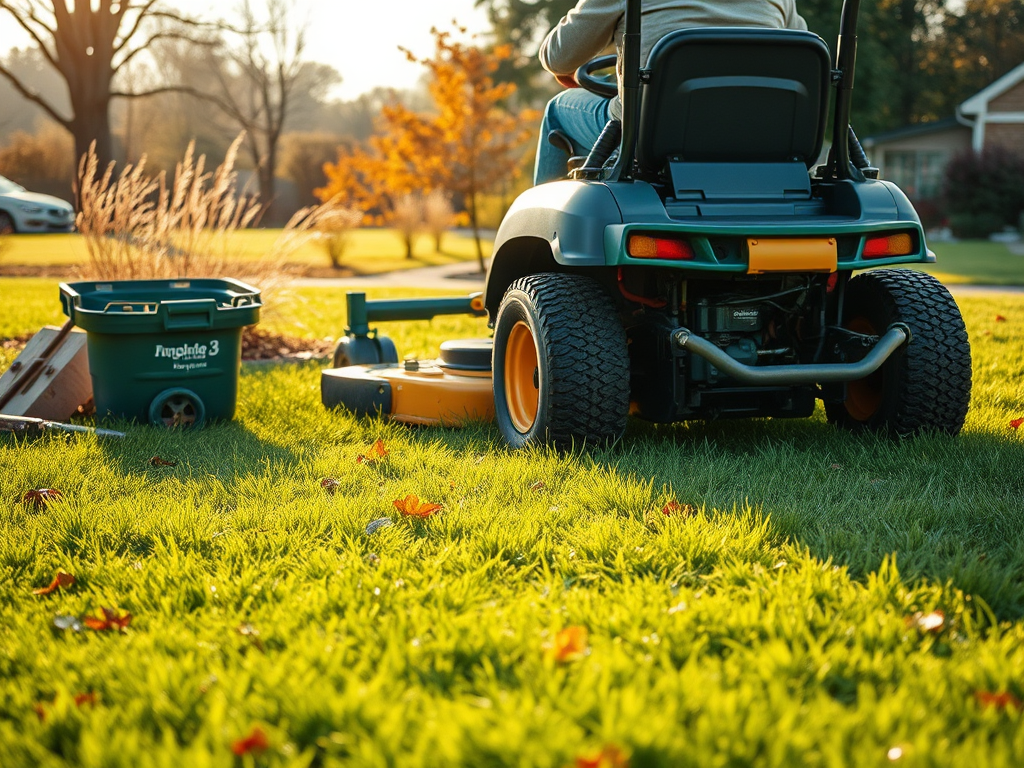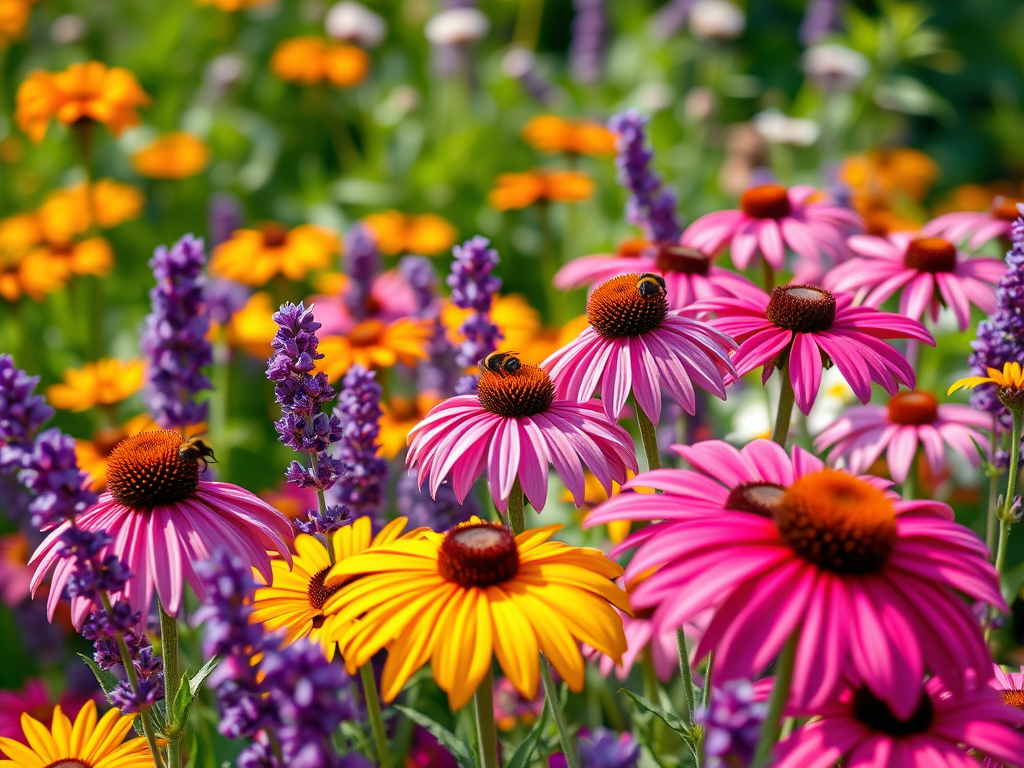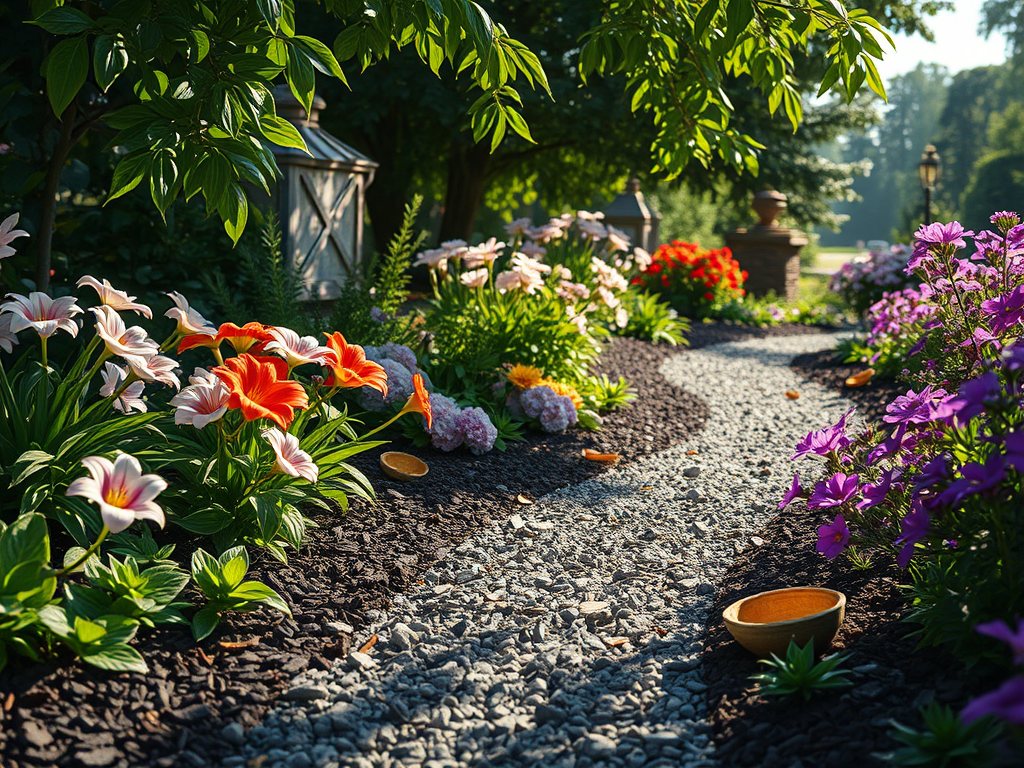When selecting plants for your garden, one of the most important factors to consider is your climate. Plants that are well-suited to your environment will thrive with less care and effort, while those that aren’t adapted to local conditions may struggle and require more maintenance or be more costly to keep thriving. Choosing the right plants for your climate is essential for a beautiful, low-maintenance garden. Here’s how to make the best plant choices based on your region’s climate.
Understand Your Climate Zone
The first step in choosing the right plants is understanding your climate zone. The USDA Hardiness Zone Map is a great tool that divides the United States (and often Canada as well!) into zones based on average annual minimum temperatures. Knowing your zone will help you choose plants that are hardy in your region. Be sure to consider other factors, such as humidity, rainfall, and temperature extremes, which also affect plant growth. Understanding your zone is the foundation for selecting plants that will thrive in your garden.
Selecting Drought-Tolerant Plants
If you live in a region prone to drought (such as we do, here in the Okanagan) or where water conservation is important, consider adding drought-tolerant plants to your garden, and getting rid of other plants that are more “thirsty” varieties. These drought-tolerant plants are adapted to survive with minimal water and can usually also handle extreme heat. Some excellent drought-tolerant options include Succulents, Lavender, and Ornamental Grasses. Additionally, many native plants are often more drought-resistant, as they have adapted to local weather patterns and require far less water once established.
Native Plants: Why They Work
Native plants are plants that naturally grow in your region without the need for extensive care or supplemental irrigation. These plants have become adept at thriving in our specific climate, making them ideal choices for your garden. By planting native species, you’ll support local wildlife, reduce your garden’s water requirements, and create a more sustainable landscape. Many communities have Nurseries or Xeriscape associations that can provide you with lists of Native or nearly-native plants for your garden.
Native plants are also typically more resistant to pests and diseases, especially those that typically circulate in your area–so they’re easier to maintain in the long run.
Understanding Soil Conditions
Your growing climate is just one piece of the puzzle. Soil type and condition also plays a major role in plant success. Some plants prefer sandy soil, while others thrive in clay or loamy soil. Conducting a soil test can help you understand your soil’s pH, texture, and nutrient levels, so you can choose plants that will perform well in that environment. Additionally, improving your soil with compost or organic matter can help create better growing conditions for your plants, even in less-than-ideal soil.
Seasonal Considerations
The variations in the seasons where you live will also affect how your plants grow throughout the year. In cooler climates, perennials that bloom in the spring and summer can be planted to bring color during the warmer months, while in hotter climates, evergreen plants can provide year-round greenery, even when many other plants fade or go dormant in the oppressive heat. Understanding the seasonal cycles of your region will help you plan a garden that looks great year-round, with plants that bloom at different times of the year to keep your garden fresh and interesting.
Conclusion
Choosing the right plants for your climate is essential for creating a thriving, low-maintenance garden. By understanding your climate zone, selecting drought-tolerant and native plants, and considering soil conditions, you can create a landscape that thrives with minimal effort. The right plants will require less watering & fertilizer, and will be more resilient against pests and diseases, making carefully-selected plants a smart, sustainable choice for any garden.




